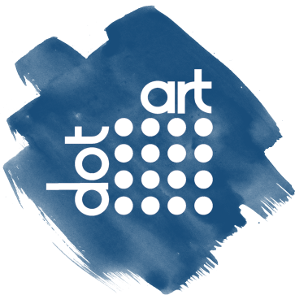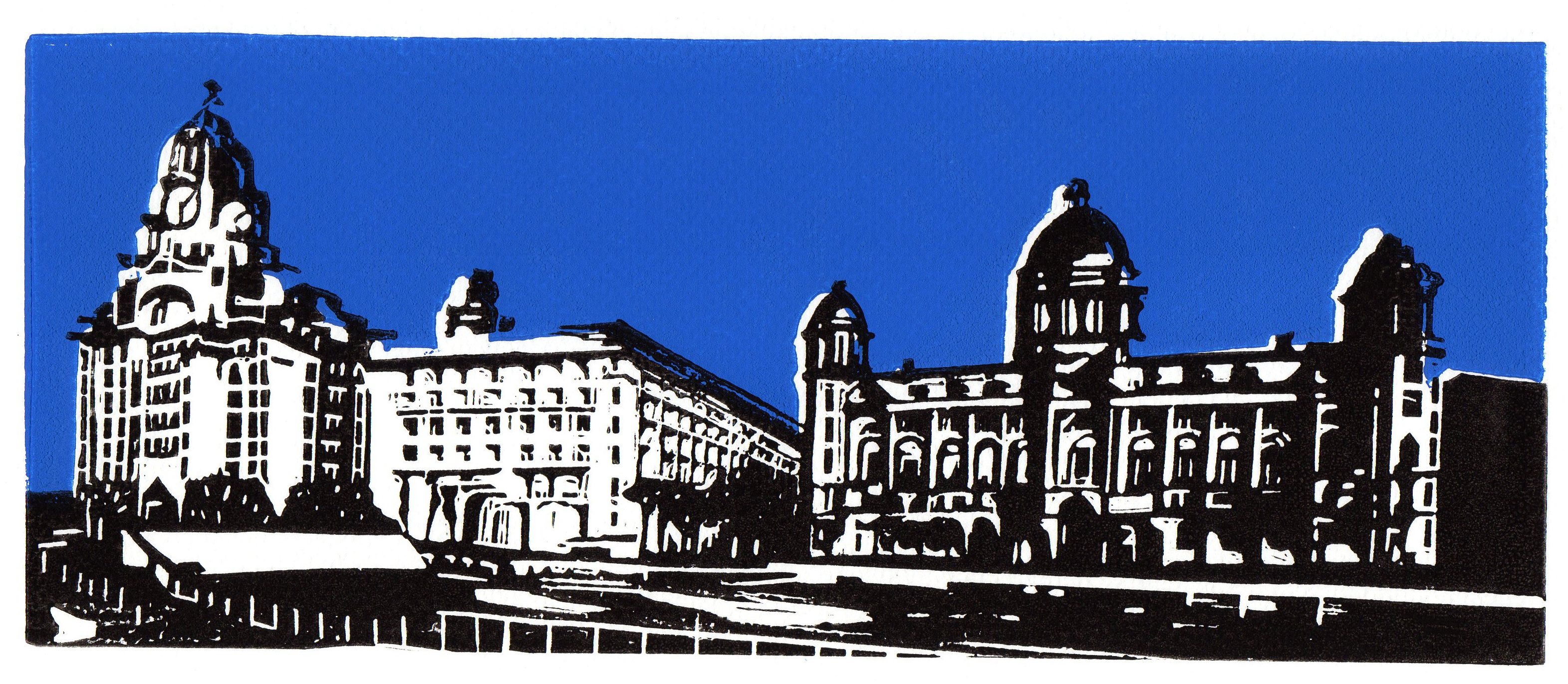Behind the Scenes: Part I
When looking at an artwork it’s easy to focus so much on the subject itself that you forget to consider the choices and processes behind how it was produced. In today’s image saturated society, artistic methodology is often overlooked for printed pieces and so the complex and unusual practices behind this group of art forms is becoming more and more unknown.
Our current autumn exhibition The Art Of The Print shines a light on printmaking and the images created specifically to be expressed through different techniques. Both the technique and the materials used by each artist are integral to the character of the art, which is rolled, scraped or chemically developed on the surface.
Each of the eight artists featured in this exhibition use a broad array of mediums, from expired Polaroid film to handmade rice paper, linoleum to acrylic polymers. Here, some of the artists have shared their printing secrets and prove printmaking is more than just an impression!
Michael James is a Liverpool based artist whose linocut prints highlight Liverpool’s historic architecture with vibrant planes of colour. To do this, he uses two linoleum mounted plates, intricately carving architectural details of the building on to one and carving a second plate to create a block print for the image’s negative space. He chooses bold and contrasting paints to roll onto each plate to print, the second printed followed by the first plate, with the main outlines in black to create a layered image with intriguing depth of vision and an almost comic book appearance.
Michael says, “I find this method of printing very tactile, the creation of the image, the transfer to the plate, the carving and finally the actual printing process. Every part of the process requires measured actions which often result in slight changes to the original planned image, but mostly add a unique quality to the final print. These actions are always exciting and you often don’t really know for sure how your print will evolve.”

 Marianthi Lainas’ photography showcases her affection for the outdoors and the understated beauty she observes in natural landscapes. For exhibition The Art of The Print Marianthi presented a new and experimental collection of work as it used an unconventional camera-less method of photography. Intrigued by ‘camera-less photography’? We were too!
Marianthi Lainas’ photography showcases her affection for the outdoors and the understated beauty she observes in natural landscapes. For exhibition The Art of The Print Marianthi presented a new and experimental collection of work as it used an unconventional camera-less method of photography. Intrigued by ‘camera-less photography’? We were too!
Putting her camera down and adapting her scanner, Marianthi brought the outside inside. In contrast with the organic processes behind her usual photography, she skillfully staged her own botanical setting filled with dramatic stillness and foreboding depth. By layering glass with lights and native plants, Marianthi’s prints are as secretive and mystifying as the technique behind them.
Alistair Parker’s large-scale images are created from one or more digital photographs which are manipulated to blur nostalgic Northern scenery into dreamlike visions. His motifs are informed by notions of the frailty of memory and so his images often portray the distress of decay or ruin.
Alistair describes his process,
“The digital image is enlarged, sliced into sections and printed in reverse using archival acrylic pigments. The slices are reassembled and fixed, face down to a prepared backing, usually acrylic primed plywood but occasionally canvas or other grounds using an acrylic polymer gel. The backing paper is then carefully removed revealing the acrylic pigments of the image transferred to the backing. The outcome is the pigments do not always transfer perfectly, resulting in a distressed appearance to the final image not unlike torn posters or peeling paint.”
There is an unpredictable element in most methods of printmaking, and it is this challenge which excites Alistair the most within his artistic practise.
 Like many great artists, Helen Conway discovered her method of printmaking accidentally. Whilst teaching a fabric painting workshop, a participant accidentally melted Helen’s graffiti photographs onto fabric with a hot iron. Helen was fascinated by the changing bubbling texture that this created and it was through this that she realised that she could manipulate her street photography after it had been printed. This encouraged Helen along the route of experimentation and she began thoughtfully arranging and hand-stitching tactile urban collages.
Like many great artists, Helen Conway discovered her method of printmaking accidentally. Whilst teaching a fabric painting workshop, a participant accidentally melted Helen’s graffiti photographs onto fabric with a hot iron. Helen was fascinated by the changing bubbling texture that this created and it was through this that she realised that she could manipulate her street photography after it had been printed. This encouraged Helen along the route of experimentation and she began thoughtfully arranging and hand-stitching tactile urban collages.
Helen says, “The main challenge is making sure that prints do not become a huge confusing mishmash of images. Care must be taken to create places for the eye to rest and to ensure that there is a balance of text and colour in compositions. There is also the challenge of not getting knocked over when I habitually step back into the road to take the photographs in the first place!”
Featured artists in this exhibition also include Bryn Davies, Mark Reeves, Jessica Keeler and Nathan Pendlebury and runs until 11 November.

